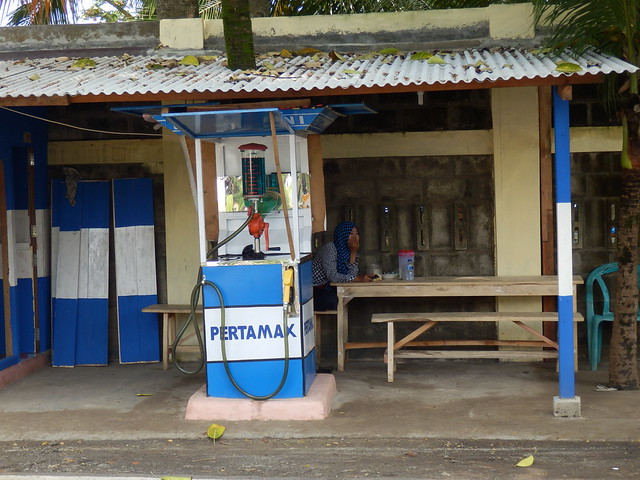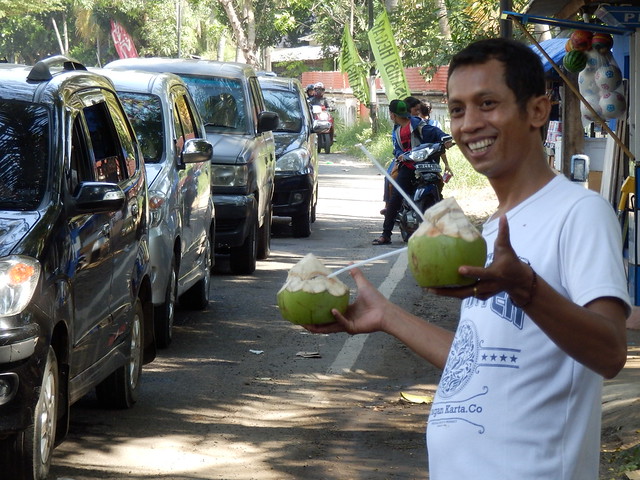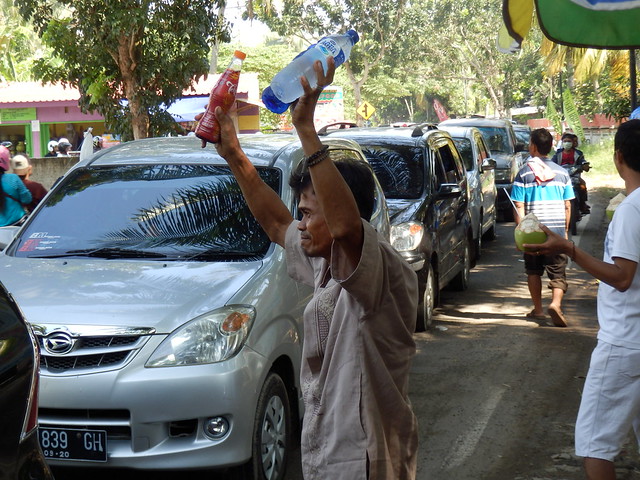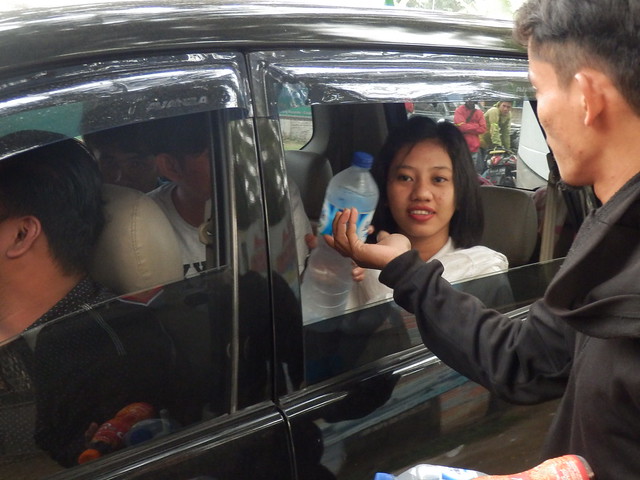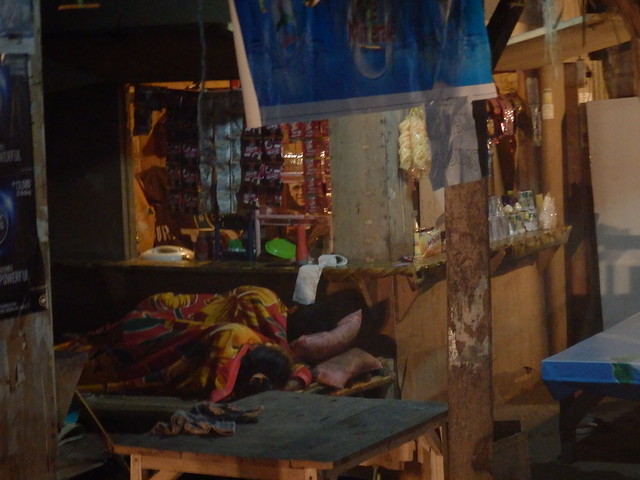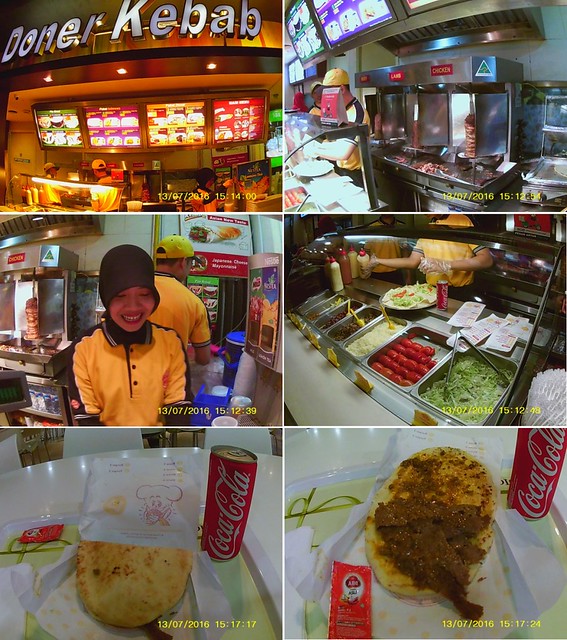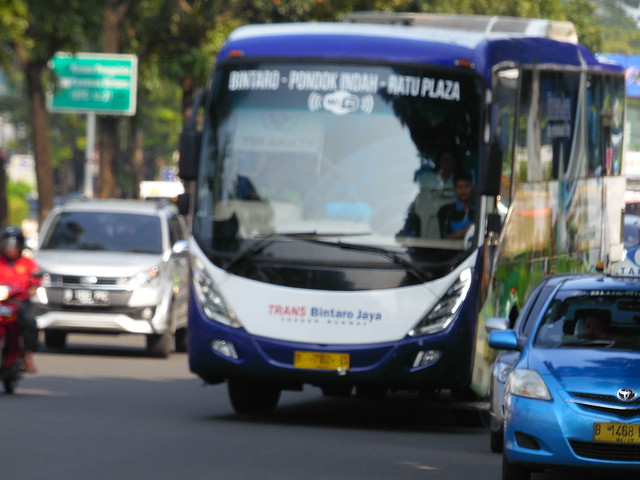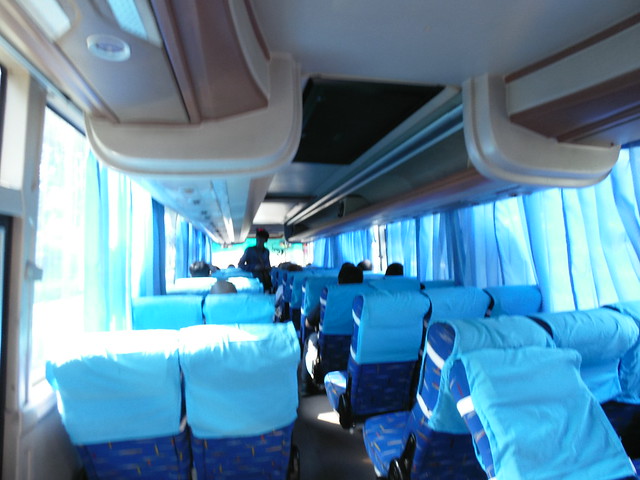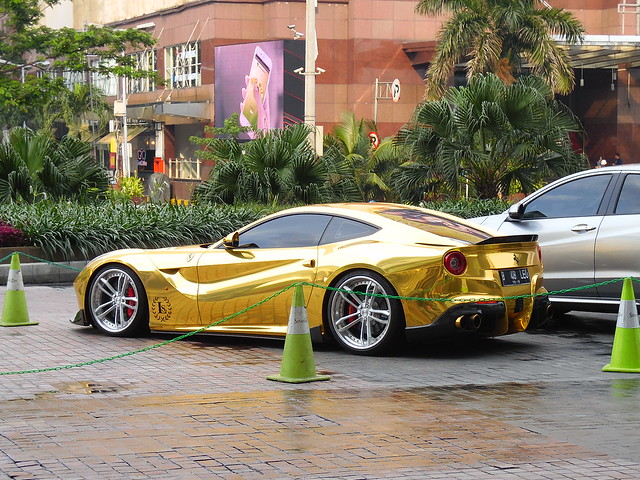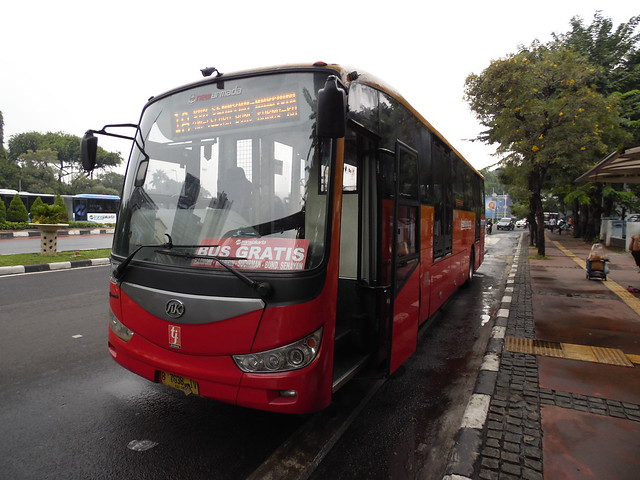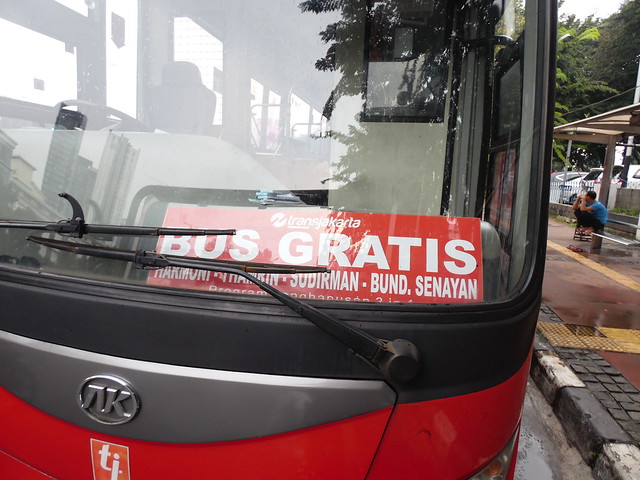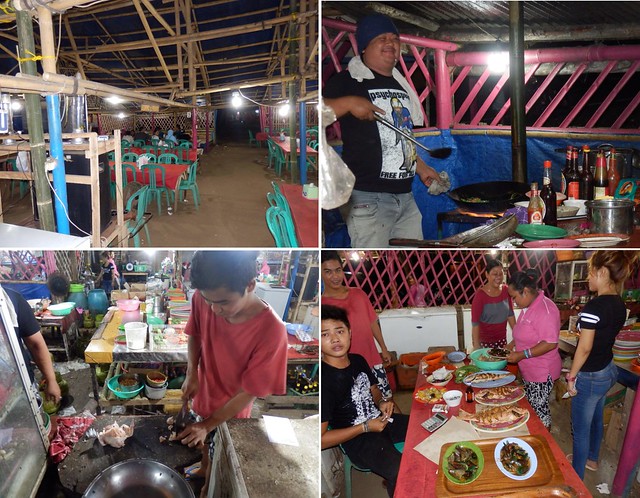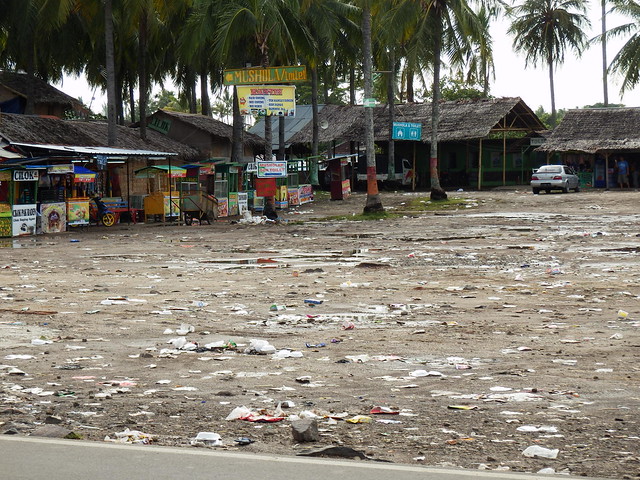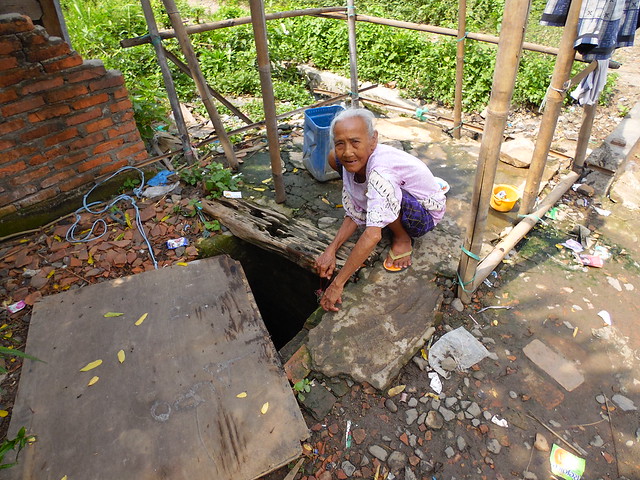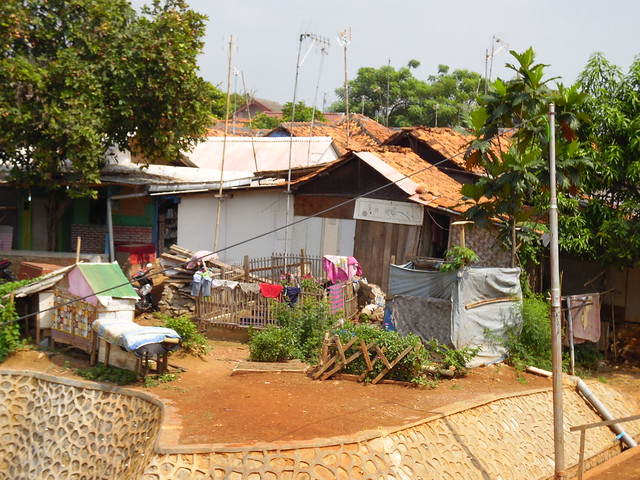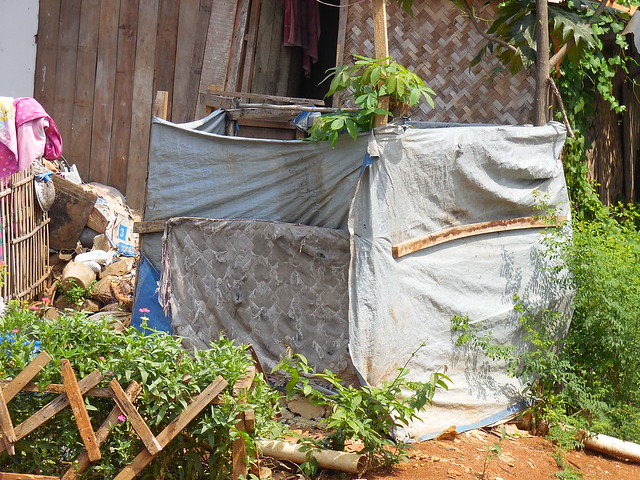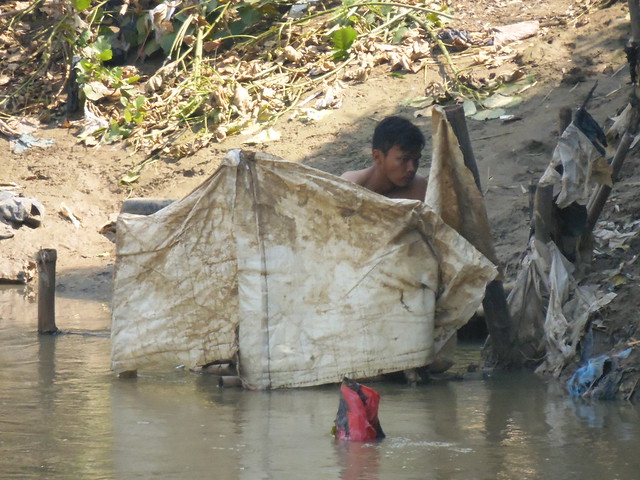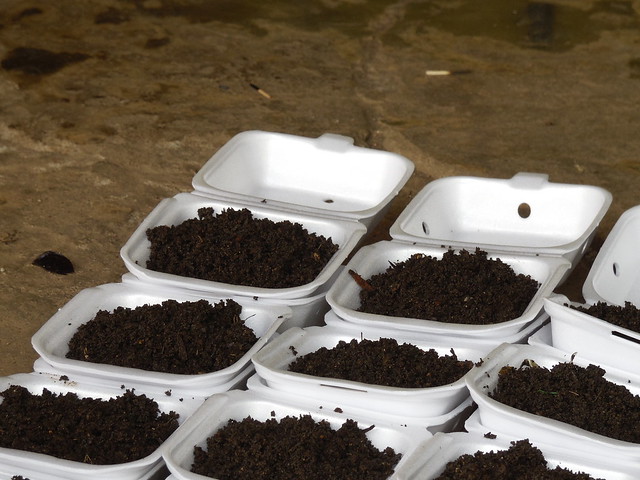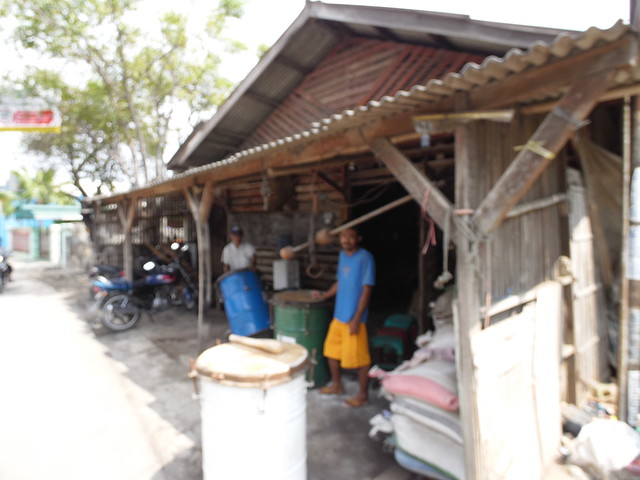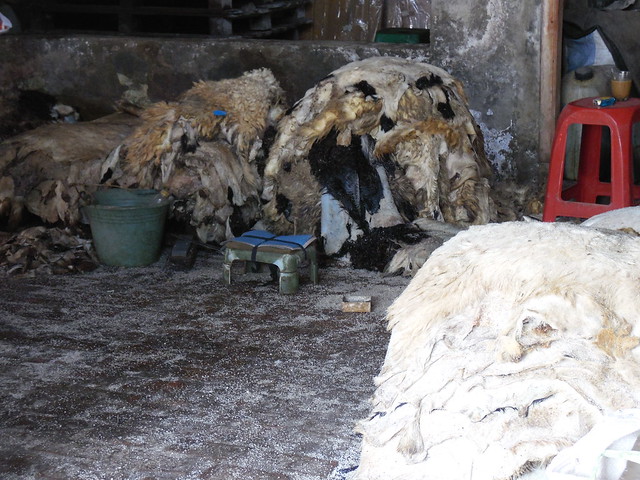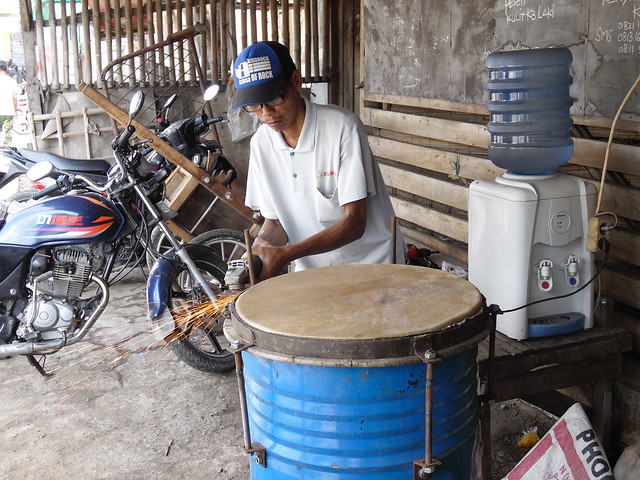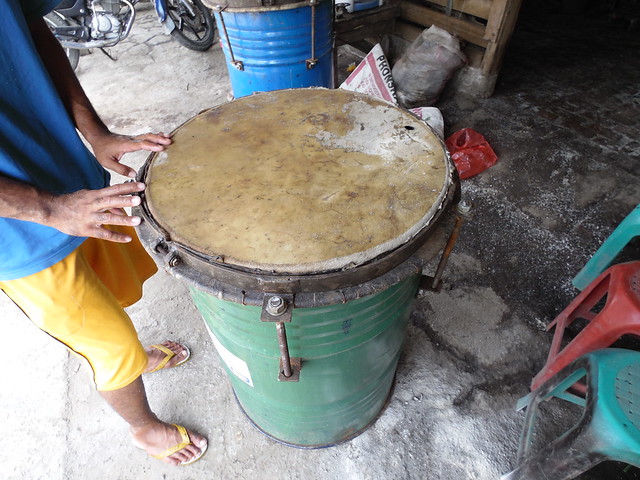I
Indofred
Guest
- Thread starter
- #561
This is a tree, a basic, common and ordinary tree, but with bamboo learning against it.
Bamboo is cheap or free here, so it's very common to see the stuff being used for building work.
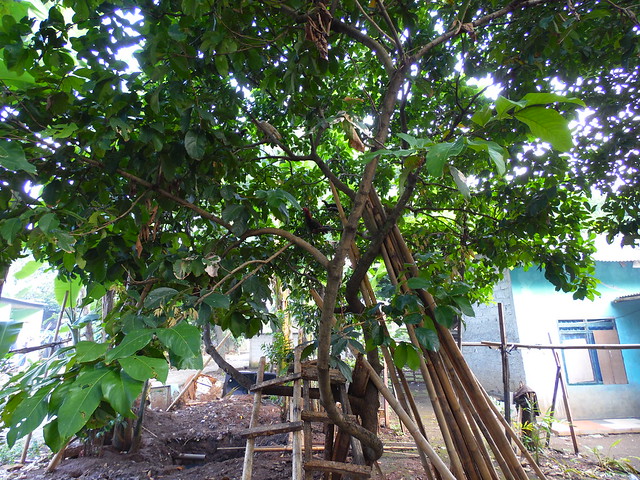
This tree has more hanging around in its branches.
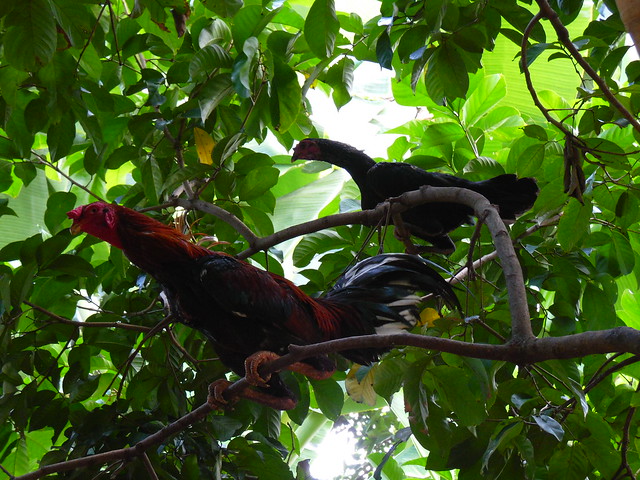
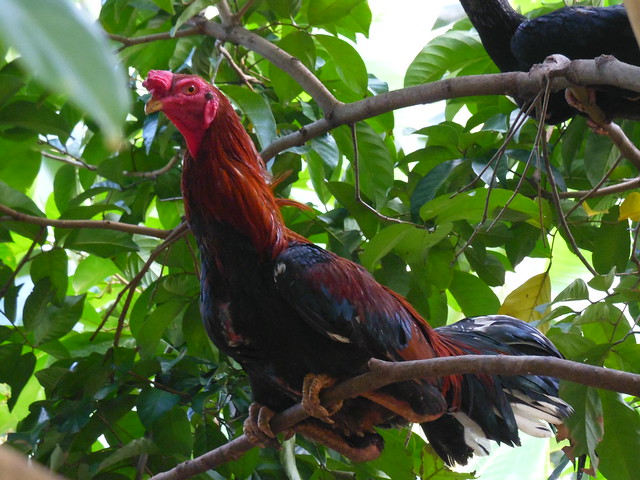
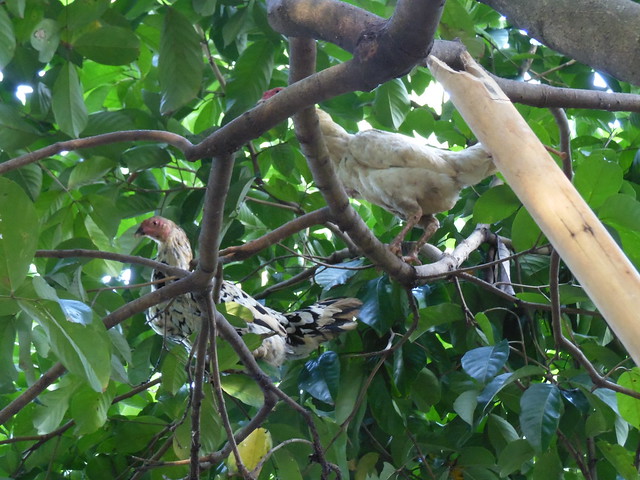
Flying chickens aren't the norm here, but they're not that unusual either.
They can fly up to the branches, probably about 3 meters, and can manage short flights of 10 or 20 meters.
and they're pretty big.
Bamboo is cheap or free here, so it's very common to see the stuff being used for building work.

This tree has more hanging around in its branches.



Flying chickens aren't the norm here, but they're not that unusual either.
They can fly up to the branches, probably about 3 meters, and can manage short flights of 10 or 20 meters.
and they're pretty big.

